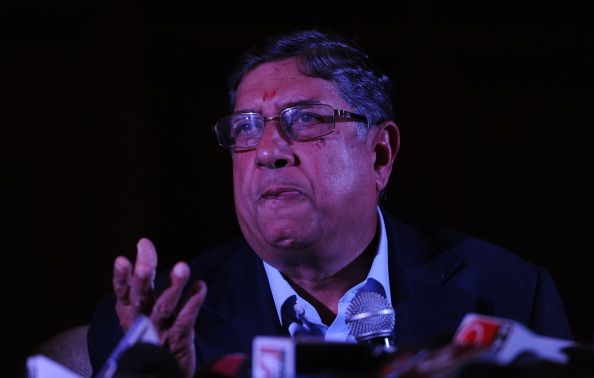
Tweaking will make hockey commercially viable (Column: Just Sport)
Every sport is getting a facelift to attract television audiences – and the latest to jump on the bandwagon is hockey by tweaking its rules to make it viewer-friendly.
The changes will be resisted by purists, but then, the market-driven sport has to survive. And even the paying fans and the pay-channel viewers want something more to make it worthwhile to compel one to watch any sporting encounter, be it between teams or individuals.
The International Hockey Federation (FIH) has, in the last couple of years, penciled in a few things to bring the fans to the stadium and at the same time make the TV-viewers sit up. It took experimental leagues in Europe and Asia to help FIH finally ring in the changes. Importantly, it is seeing India as a golden goose and is praying that Indian hockey, too, rises in a commensurate manner.
What FIH has come up now is more or less the tweaked rules introduced by the K.P.S. Gill-led Indian Hockey Federation (IHF) for the Premier Hockey League (PHL) in concert with sports channel ESPN. They divided the 70-minute game into four quarters of 17.5 minutes each, with the teams getting two time-outs of two minutes each. The Euro Hockey League made it more attractive.
The IHF, in a desperate move to sustain itself, then worked out a World Series Hockey league, but it was naturally killed by the FIH-backed Hockey India League (HIL).
The leagues world over gave the sport the badly needed financial fillip, though money-wise the HIL is the most attractive. FIH saw merit in the exercise and by reducing the duration of the game to 60 minutes from 70 and dividing it into four quarters of 15 minutes each, it has now made hockey a truly TV sport, or so it thinks, by quickening the pace of the game.
The 60-minute game and the time-outs should be of some help to the Indians who are invariably found gasping for breath in the last 10 minutes and squandering advantages and handy margins of lead. But then, these things are more psychological than real. Ultimately, the team has to prove itself superior to its opponent, be it 60 minutes or 70.
Every time a rule was changed or a new one added, except when synthetic turf was introduced, the experts felt the changes would help teams like India which depend more on their skills than sheer speed.
India’s coach Terry Walsh thinks that the 60-minute game will help sides to field their best players for a longer time whereas Hockey India’s High Performance Director Roelant Oltmans is more realistic in saying that the changes are effected for commercial purposes, in other words, to squeeze in more TV ads during the time-outs. That’s the bottom-line and there is nothing to be apologetic about.
Sports administrators as well as TV channels have realised that they are in the business of entertainment and the viewers need to be pampered with something extra by way of discussions and statistics, without disturbing or diluting the excitement of the sport. The digital world and FM radio are pressuring TV. The Lady Gagas and Madonnas and the ubiquitous cheer girls are a must at any major sporting event.
Badminton, table tennis and volleyball have brought about changes in their formats and points system to make them TV viewer-friendly. Even tennis toyed with the idea of doing away with the second serve to quicken the pace of the game.
The tennis stalwarts have a grouse against slowing down of even surfaces; they feel the courts at the four Grand Slams have a similar look. If the hardcourts in Melbourne and New York are getting slower and slower, the grass at Wimbledon or the clay at Roland Garros are faring no better. A players’ debate is on to rescue the sport. Gone are the days when baseliners used to skip Wimbledon and the volleyers the French Open. The authorities may reject the charge, but the long-drawn-out singles matches are a slow poison for the sport.
Even India’s most popular sport, cricket, is unable to get the mix well. The purists detested the post-match jam sessions in the Indian Premier League (IPL), which forced players to stay awake well into the wee hours after a punishing night game – whatever be the outcome of the probe into betting and spot-fixing.
Surely, even players, say the likes of Sachin Tendulkar and Rahul Dravid, might not have been comfortable with the nocturnal binges, which were essentially to entertain the franchise owners and their socialite clientele. For moneybags, sport and entertainment are two sides of the same coin.
(Veturi Srivatsa is IANS Sports Editor. The views expressed are personal. He can be contacted at v.srivatsa@ians.in)